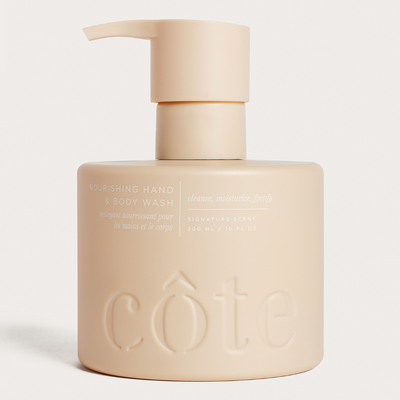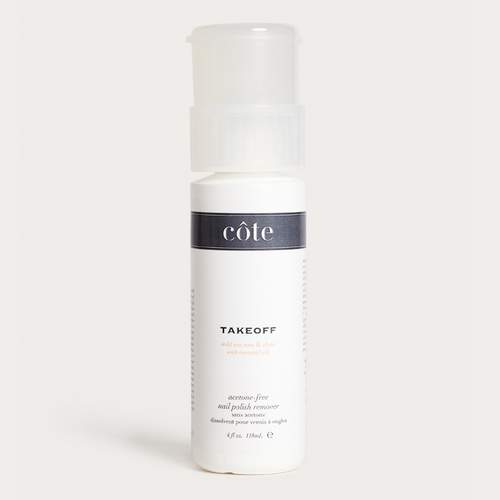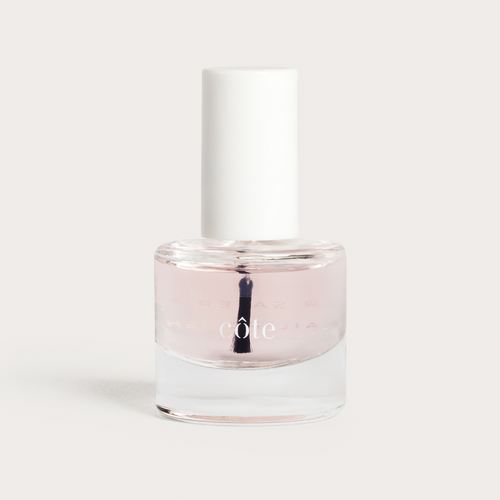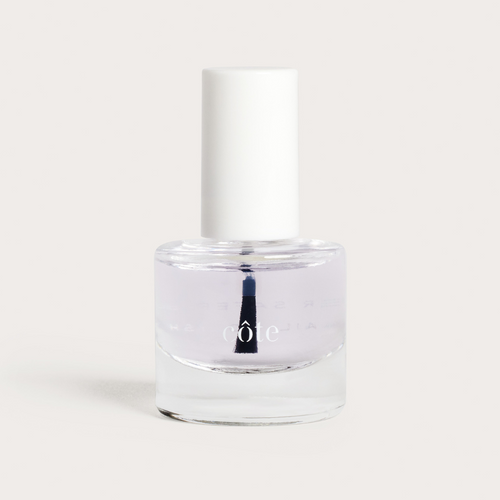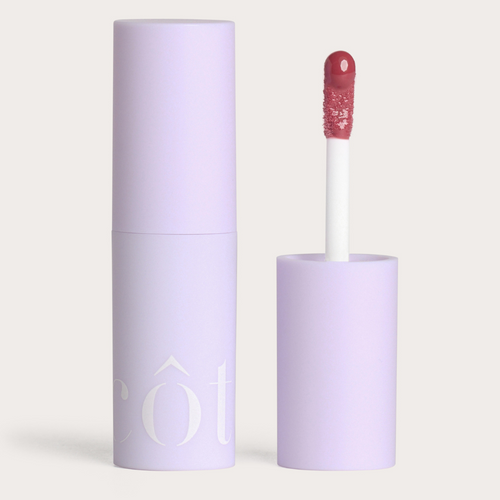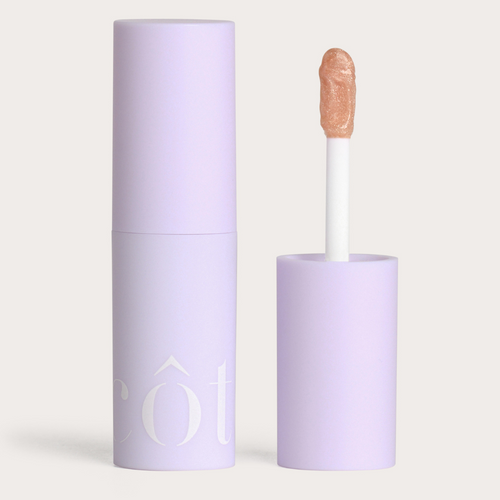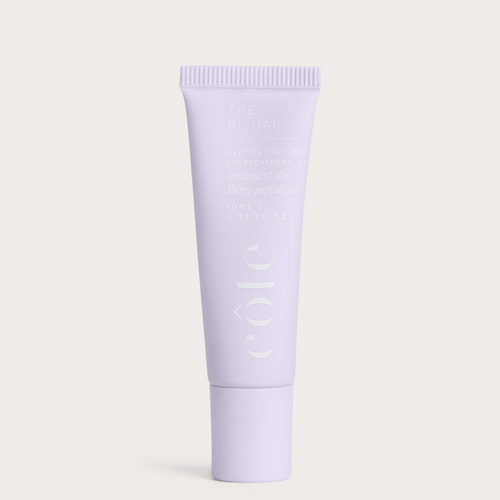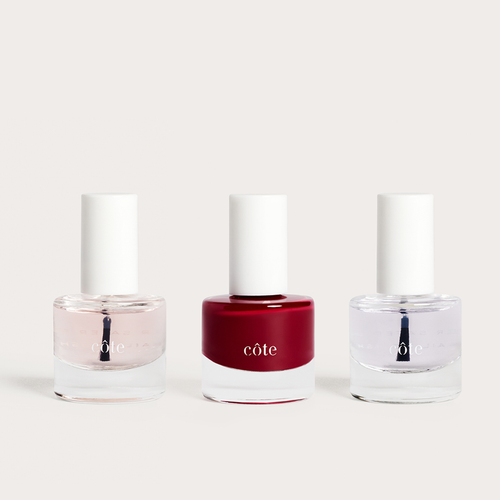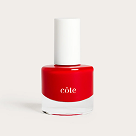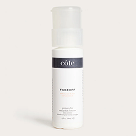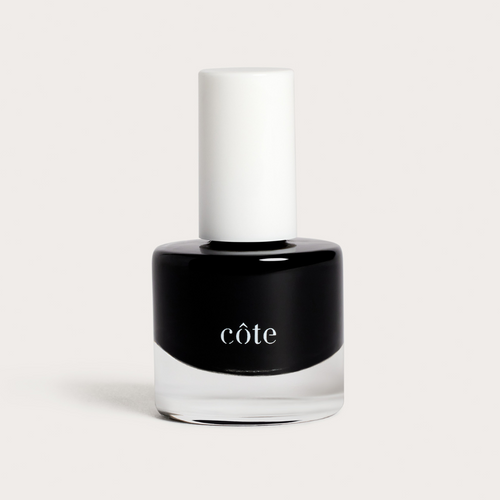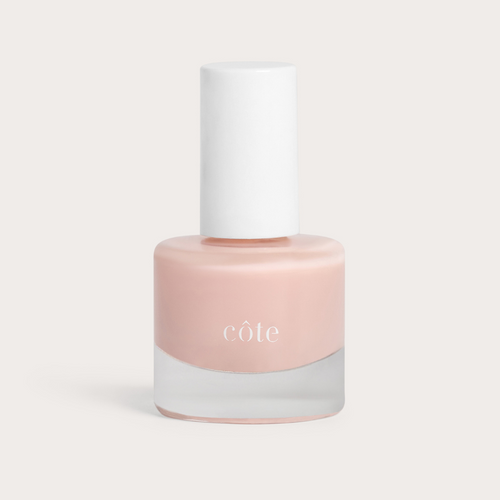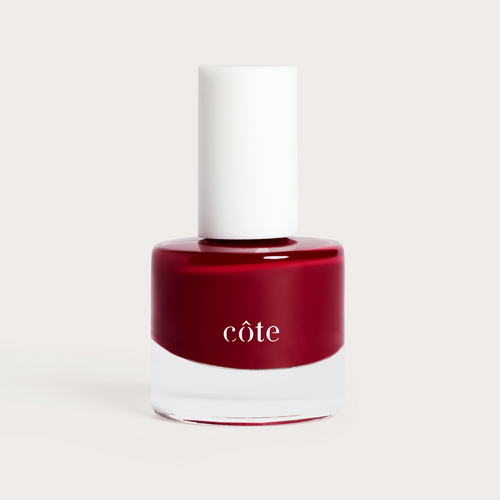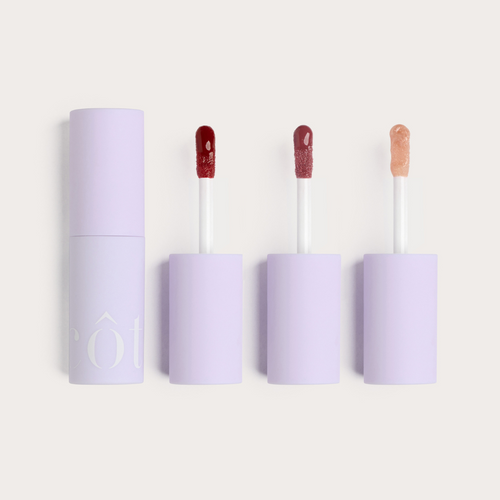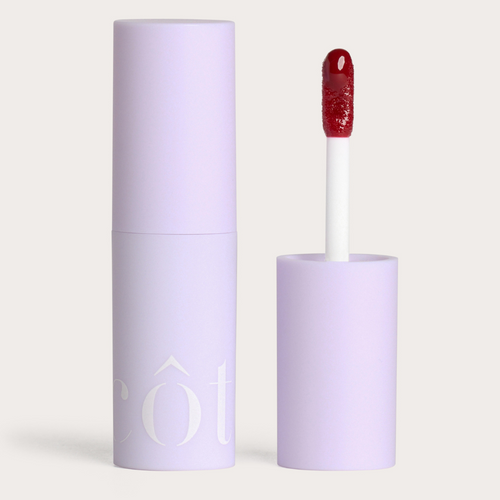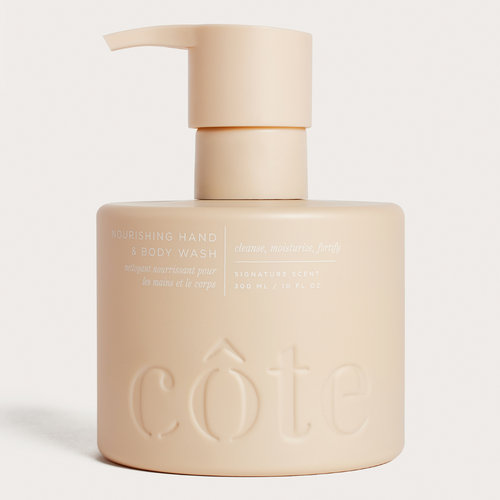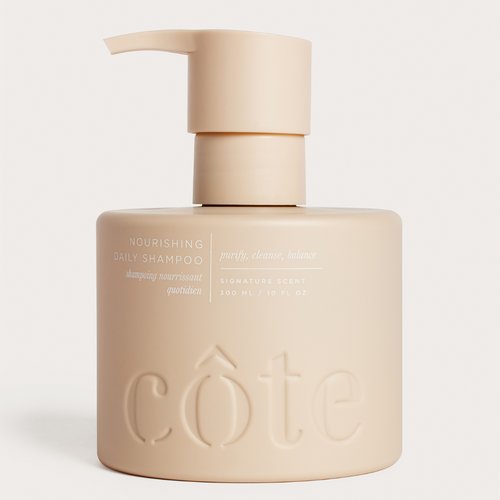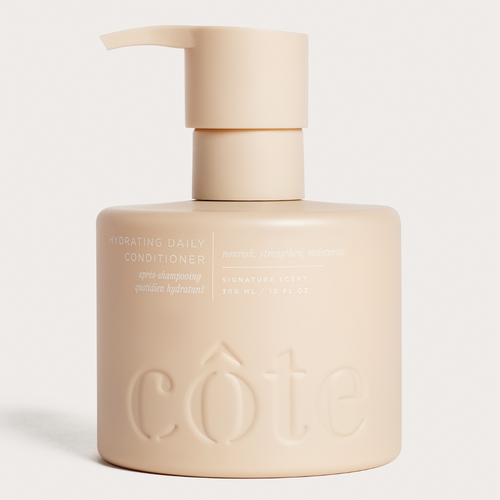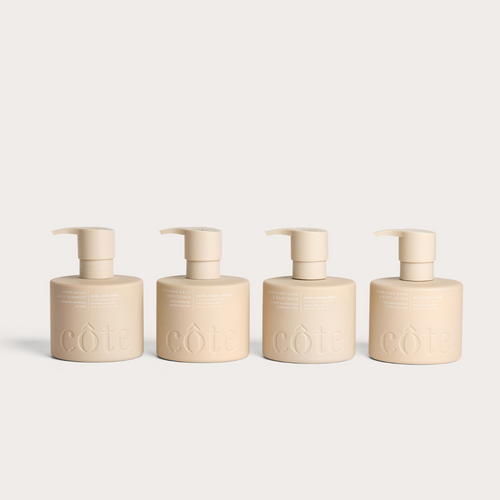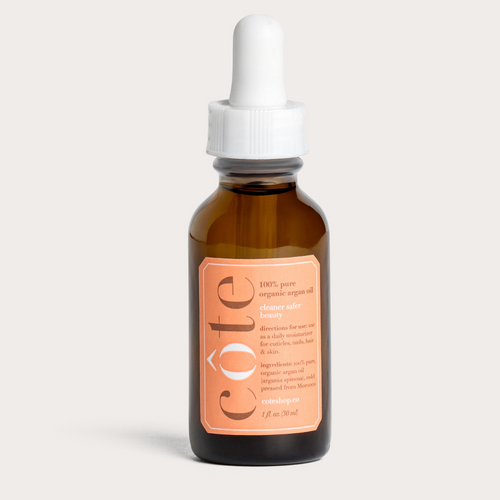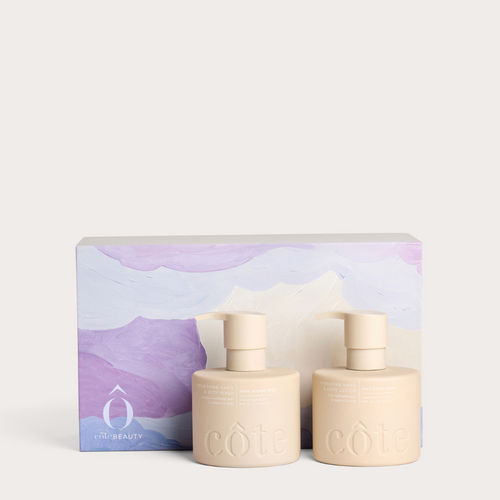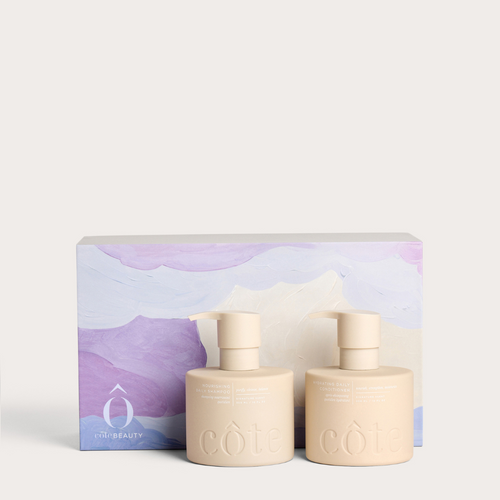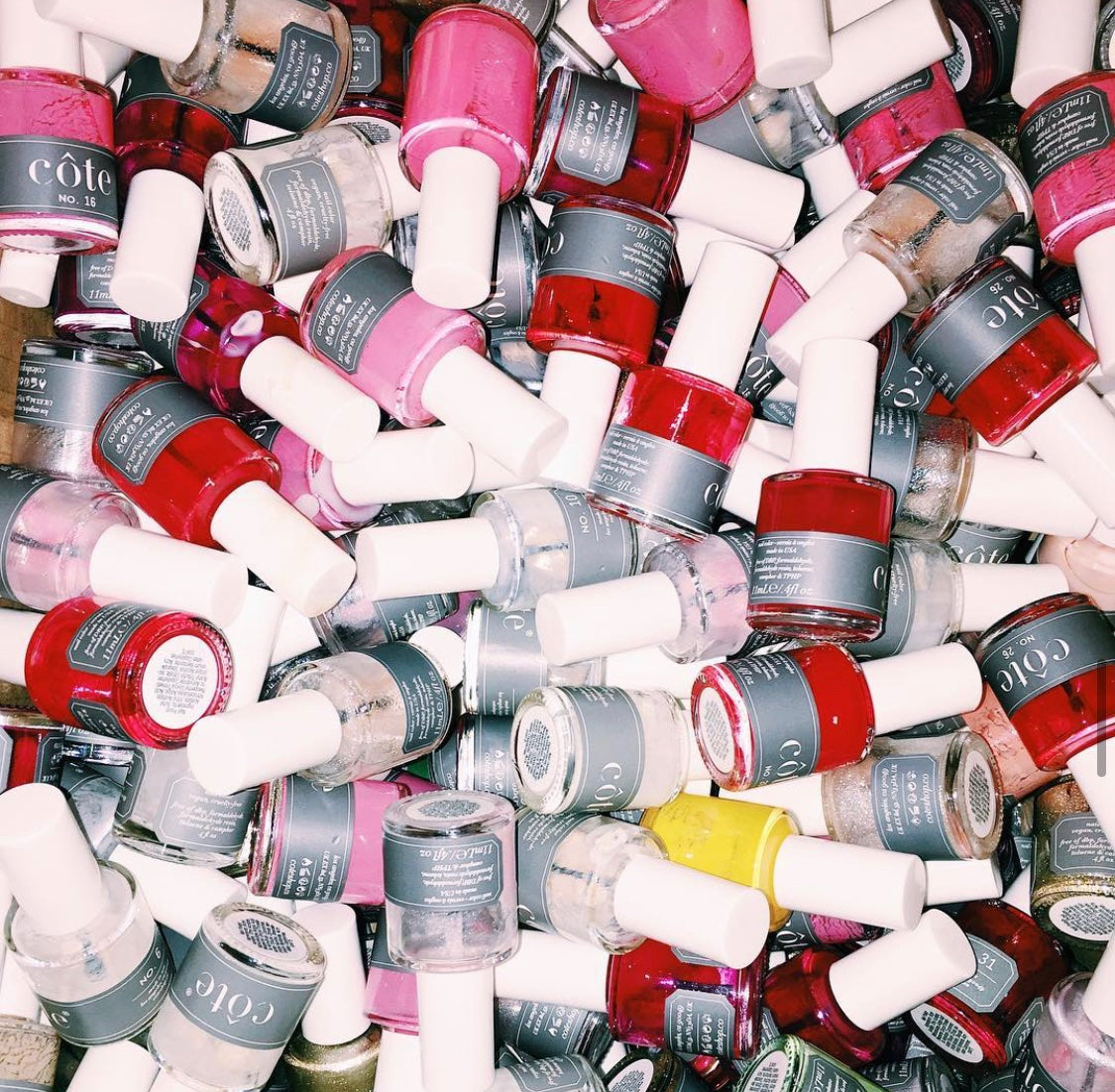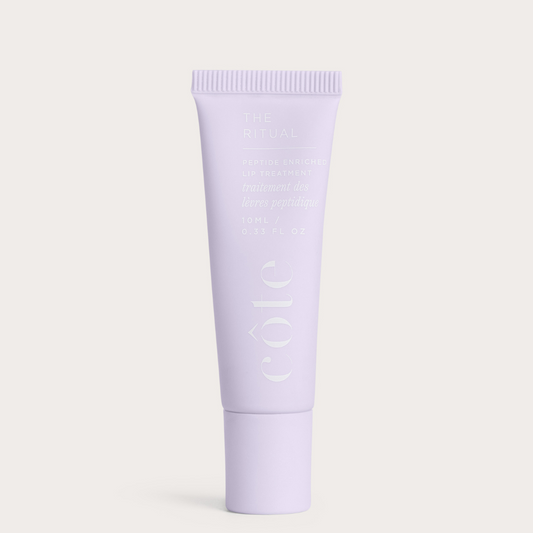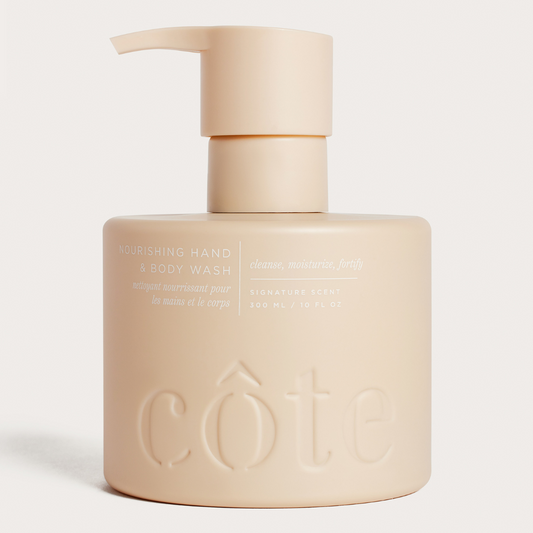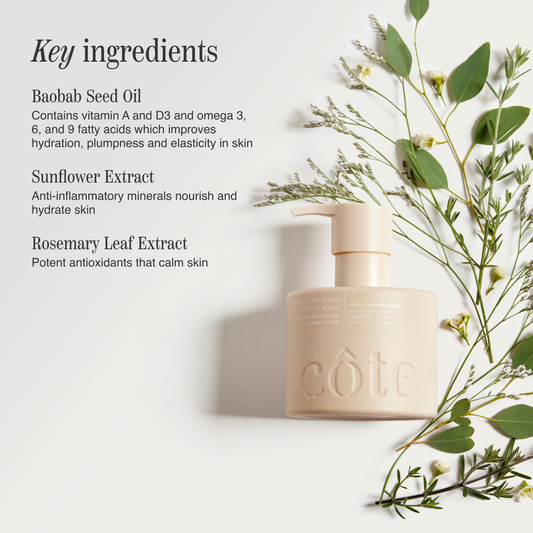Nail polishes have a varying shelf life and can last differently depending on the brand, as well as the composition and ingredients. Too often people are misled regarding the life expectancy of their nail polish, causing them to end up keeping and using it for longer than they should.
There are many ill-based assumptions concerning the life expectancy of nail polish which can cause an array of issues, ranging from discoloration to altered consistency of your nail polish. As a result of this, it is essential for the health and aesthetic of your nails that you know when it is time to toss your old nail polish into the recycle bin and buy a new bottle online or at your local beauty supply store.
Does Nail Polish Go Bad?
A nail polish’s expiration is mostly determined by the expiry date specified on its packaging or label, which is usually located to the side or the bottom of the polish container. Despite this, there are also several other factors that can help you to determine your nail polish shelf life. These include the following tell-tale signs:
Labels and Packaging:
The labels and packaging on your nail polish bottles are the best way to determine whether your varnish is ok to use or not. This is due to the 'period after opening' symbol that you can usually find towards the bottom of the bottle in a smaller print. The PAO symbol will have a number followed by 'm' which refers to how many months the product is good for. For example, '24m' will refer to the product having a natural expiry date of up to two years.
Discoloration:
Discoloration can be a sign that your nail polish is expired, as it means the polish dyes and pigments have separated from the rest of the formula. Additionally, discoloration may also be caused by incorrect storage of your nail polish bottles. Storing polish in direct sunlight or very hot temperatures will cause discoloration. All of these factors can influence the expiry date and effectiveness of nail polish and can cause the nail color formula to wear differently, become difficult to use, and/or separate.
Texture and Consistency:
Another dead giveaway that your nail polish has expired is its consistency and texture. If your nail polish has separated, you will see a clear difference between the pigmented color and the rest of the polish formula.
Usually, the pigments will have dropped towards the bottom of the polish bottle and a clearer liquid will be present towards the top. Try shaking the bottle slightly, or rolling it in your palms, to see if it will mix. If it doesn’t mix easily, then your nail polish has been compromised and has most likely expired.
Furthermore, you may experience a nail polish that is incredibly gloopy or crumbly as though it is lacking enough moisture. This is what occurs when the solvents in the nail polish evaporate, which can happen due to incorrect storage or not screwing on the lid tight enough.
Why Does Your Nail Polish Expire?
You may not have considered that several factors can actually contribute to your nail polish going bad sooner than you expected, or before the expiration date. Try to avoid these common mistakes for longer-lasting nail polish!
Cap Isn't Closed Properly:
Make sure that the cap is screwed on tightly when you finish using the nail polish. This will prevent air from mixing with the formula as well as decrease the likeness of the solvents in the polish evaporating.
Separation of Nail Polish Components Due to Precipitation:
You will want to give your nail polishes a small shake or roll from time to time to keep the formula evenly mixed and consistent. Once the polish separates, it can be difficult to revive it back into its best form. If you regularly paint your nails, try to shake all your used or previously opened bottles whenever you paint to prevent separation due to precipitation.
Exposure to Light:
Try to avoid exposing your nail polishes to light, heat sources, or fluctuations in temperature. Instead, store the nail polishes in a cool and dark place, such as in a bedroom cabinet. Contrary to popular thought, the bathroom is one of the trickier places to store nail polish, as there is a consistent fluctuation in temperatures there. Think of it like storing fine wine...cool, dark, and consistent is the best way to keep it fresh. This will keep the polishes smooth and creamy for an even base coat.

How to Make Nail Polish Last Longer
Regular nail polish lasts for around 18 to 24 months on average, whereas gel nail polish lasts for around 24 to 36 months, with unopened bottles lasting the longest. Nail polishes only start to expire once they have been opened, so try to avoid opening a bottle if you are not going to use it immediately.
Many people don't take into account the things they can do to make their nail polish last longer. That is why we have listed below the best practices for you to follow to successfully look after your nail polish!
Store in a Cool Dark Place:
Keep your nail polish hidden from direct sources of heat and sunlight to avoid separation and discoloration. Store them in a cool and dark place, such as in a bedroom cabinet, to keep the formula fresh.
Cap the Bottle When Not in Use:
Never open a nail polish bottle if you are not immediately going to use it. Try to avoid 'testing' the product if you are not painting and even coat on all of your nails with it, as nail polish is airtight and safe from expiry before it is opened. If you have opened the bottle, always make sure to put the cap back on it firmly.
Tightly Cap the Bottle:
Ensure the cap is tightly screwed onto the polish bottle for the most air-tight fitting. Doing this will help to prevent air mixing with the product which can cause evaporation of solvents, inducing discoloration, chemical reactions, and bacteria getting into the bottle.
Shake Nail Polish Bottles Once in a While:
Remember to shake any opened or used bottles whenever you go to paint your nails. This is the best way of keeping the consistency right to avoid product separation. Keep the textures healthy by shaking or rolling the bottles for around 30 seconds on an every-other-week basis.
Avoid Leaving Nail Polish Remnants in the Cap and on the Bottle’s Rim:
Make sure that the cap and the rim of the bottle are clean before you go to screw the lid on as this will influence how air-tight the polish is. To clean this effectively, take a few drops of non-acetone nail polish remover and lightly rub the excess polish off of the bottle rim and lid. This will prevent a build-up of nail polish causing clumps that will affect easily you can open and close the bottle.
Conclusion
In summary, looking after your nail polish in the correct way is fundamental to ensuring its long and healthy life span. We understand the importance of hygiene and cleanliness when it comes to nail polish and beauty products, especially when you consider how much we touch our faces and other delicate areas of skin.
Côte doesn't only make the cleanest nail polish products available, but we also advocate for the cleanest and safest beauty standards. That is why our non-toxic nail polish is designed to keep you safe and free from unhealthy bacteria or unnecessary chemicals. All you have to do is store and use the product correctly for maximum use and longevity.
Take a look at our list of ingredients such as ethyl acetate and nitrocellulose, here.
Start Your Self-Care Journey Here
VIEW ALLThe Ritual, Peptide Enriched Lip Treatment
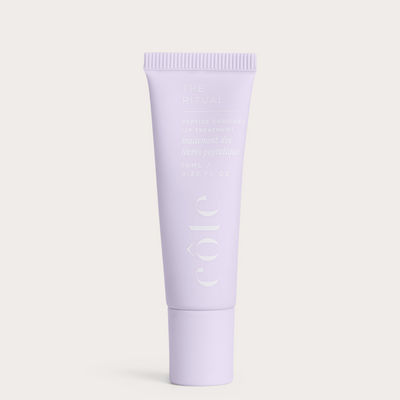
The Ritual, Peptide Enriched Lip Treatment
Nourishing Hand & Body Wash
